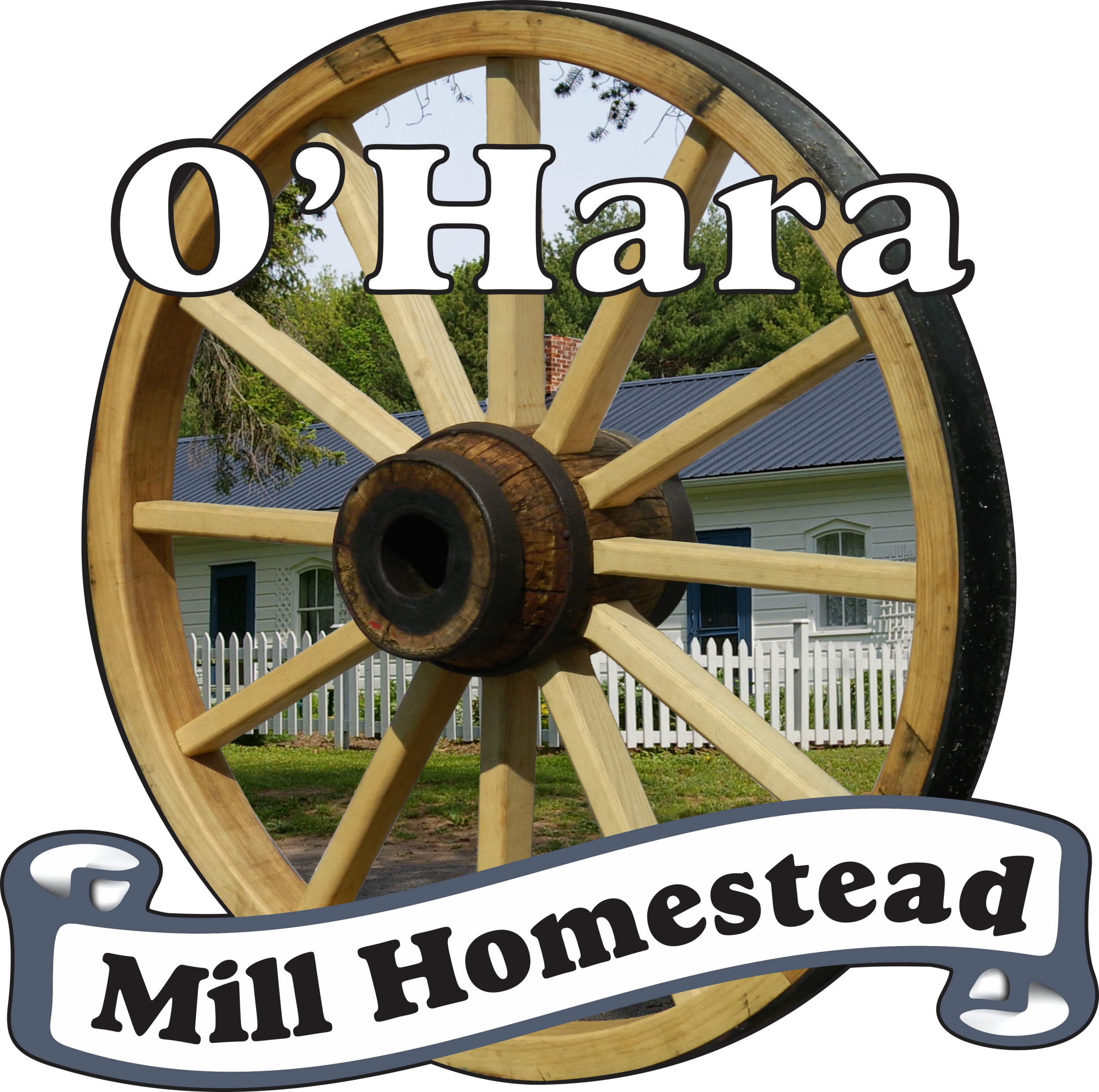Off Without a Hitch
Horses and Carriages/ July 29th, 2021
Come find the O’Hara hitching rail in front of the Blacksmith!
For today’s blog post, we’re going to be talking about a very important aspect of horse care and travel; hitching!
Hitching is the act of tying up a horse and can also be referred to as tethering. The purpose of this act was to restrict the horse’s movement for things like grooming, tacking up, and simply preventing it from wandering. Hitching was most commonly done in the barn or in town in front of a shop while it’s rider was inside. Horses could be tethered on its own or while pulling a carriage.
The horse would either be tethered to a hitching post or rail. A hitching post is a vertical post about 42” tall with an iron ring attached, this provides a spot to tie the horse’s lead rope to. A hitching rail is a horizontal rail held up by two supports and would also have iron rings. Although, the rings were not entirely necessary and the lead rope could be tied directly onto the post or rail.
Because horses were one of the only means of long-distance travel, hitching posts and rails were extremely common. They were most often made of wood, but would sometimes be more ornamental and extravagant to represent wealth. These ornamental hitching posts were made of cast iron and would be shaped into various objects, even taking on the shape of a horse’s head!
Basic hitching knot
Ornamental horsehead hitching post
Hitching a horse was not only important to stop it from wandering, but it was also important for their safety and their caregiver’s. When grooming a horse, hitching it allowed the groomer to have more control over the horse’s movement which would prevent serious injury to both individuals. The same thing applied to the farrier, while a horse was having its shoes replaced it would be hitched up to stop it from walking away and hurting itself.
There were also many ways to tie a hitching knot. The way somebody tied their hitching knot could identify who a horse belonged to, as these knots were passed down through the family. Try experimenting with some knots yourself!
𝓗𝓮𝓪𝓽𝓱𝓮𝓻 & 𝓜𝓲𝓪



